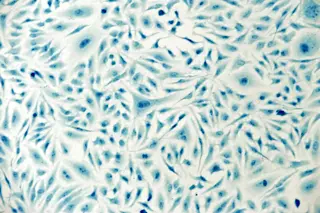Jack Kerouac, credit: Tom Palumbo
The Pith: Higher Mendelian disease rates among French Canadians may be due to their demographic history.
As I have noted before, demographic bottlenecks with extremely strong effects on the character of population genetic variation need to be very radical in their nature to be of any significance. The population pinhole has to be on the order of hundreds, rather than thousands, of individuals.
But that does not preclude more modest bottlenecks generating subtle shifts in the genetic site frequency spectrum
. Strong bottlenecks may be needed to drive wholesale extinction of once common alleles (or the fixation of those at moderate frequencies), but mild bottlenecks may nevertheless perturb the allele frequency distribution. In particular, the number of alleles which are present at very low frequencies can be strongly impacted by demographic variation and natural selection. This is the logical rationale which serves as the basis ...














